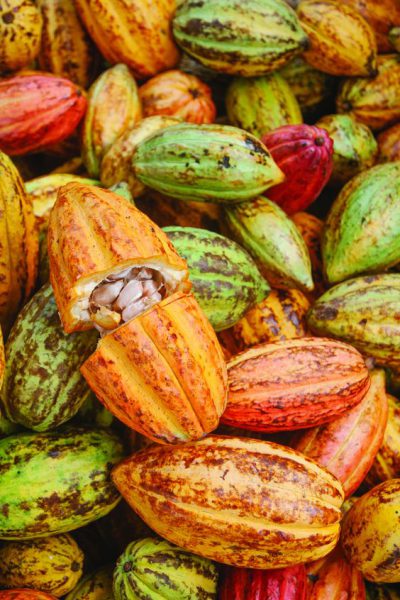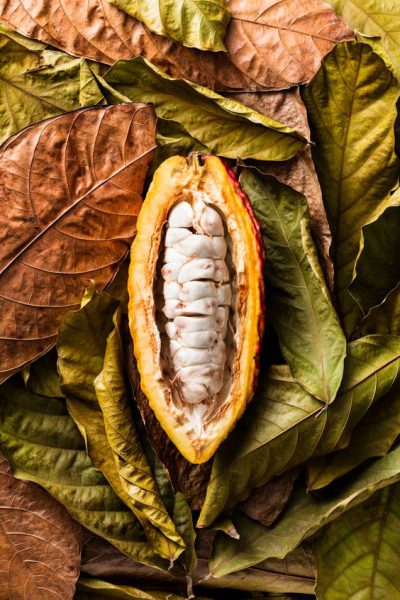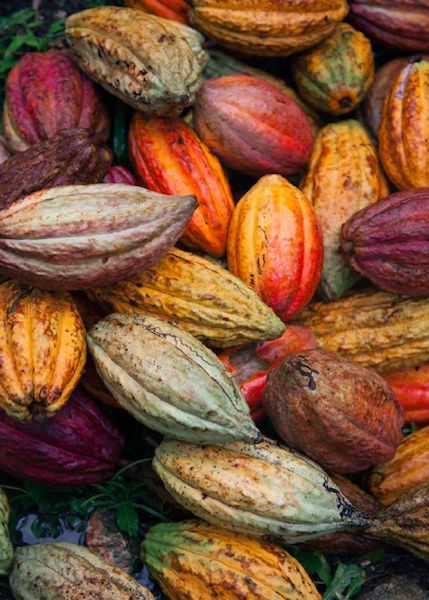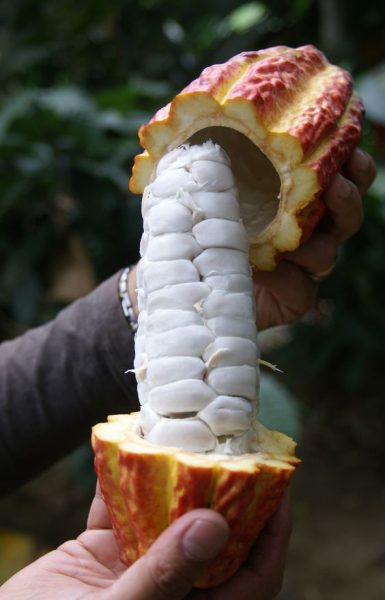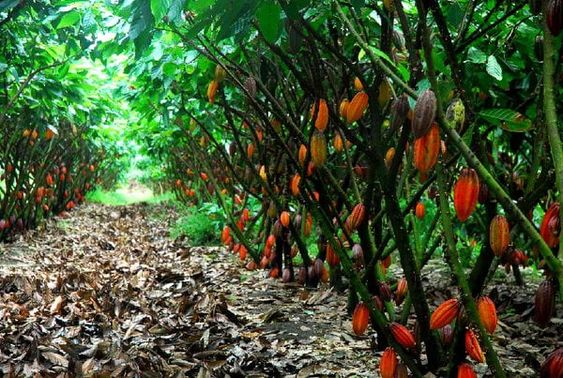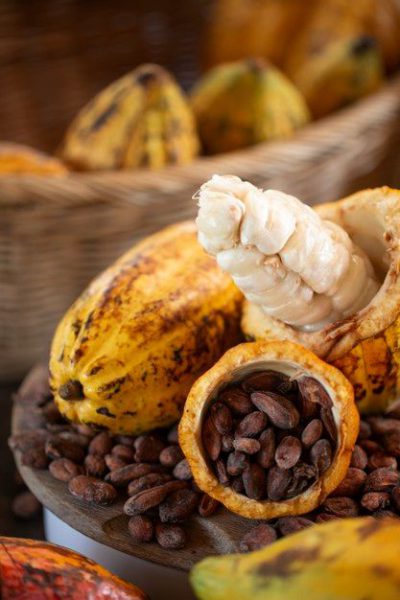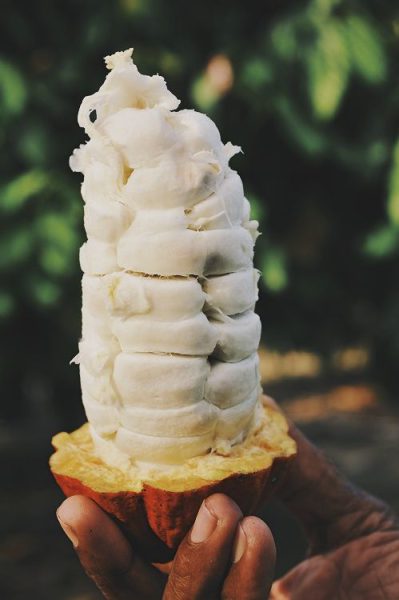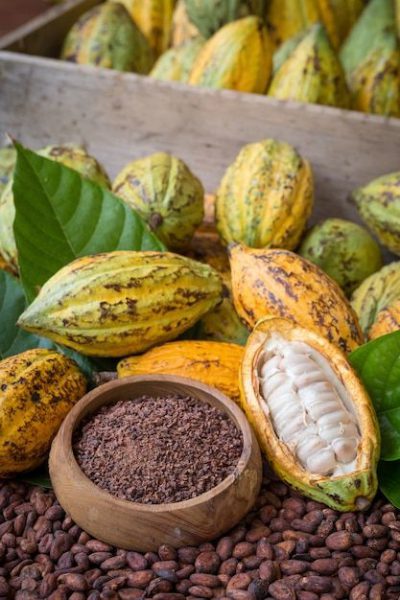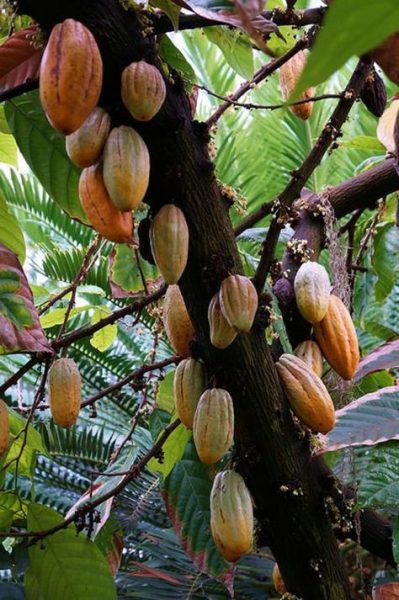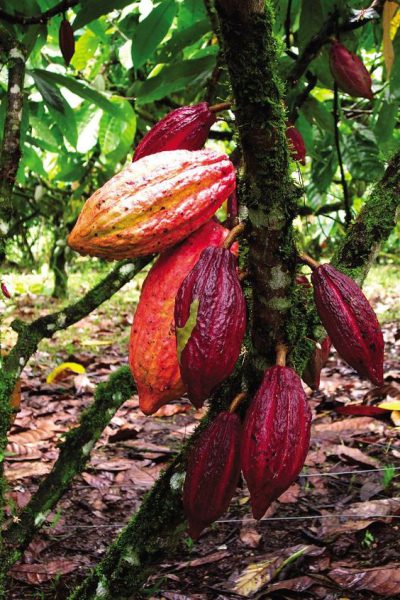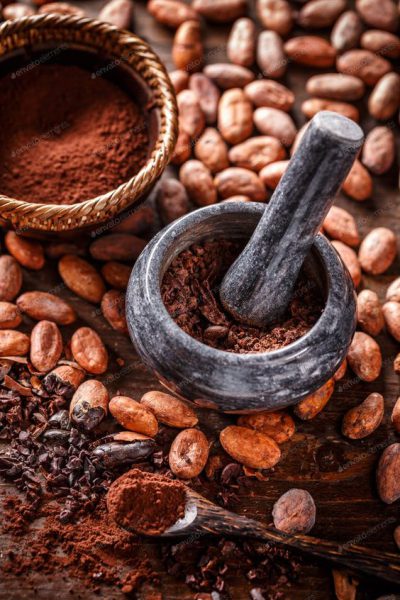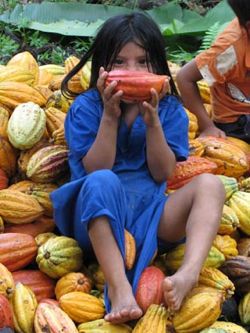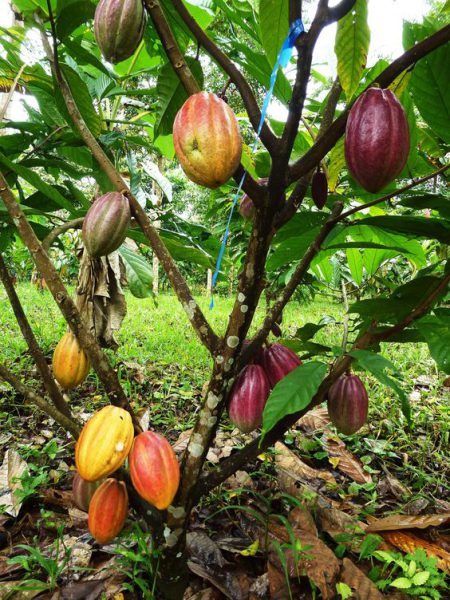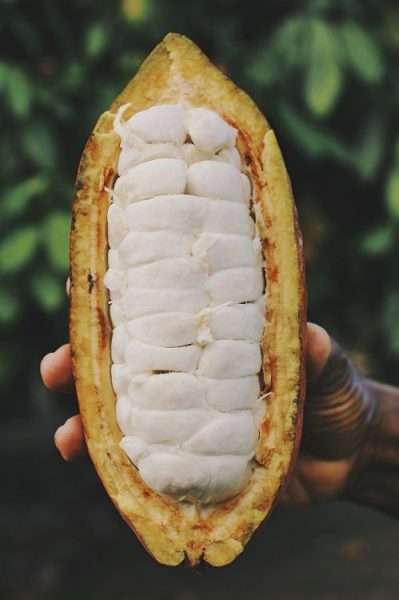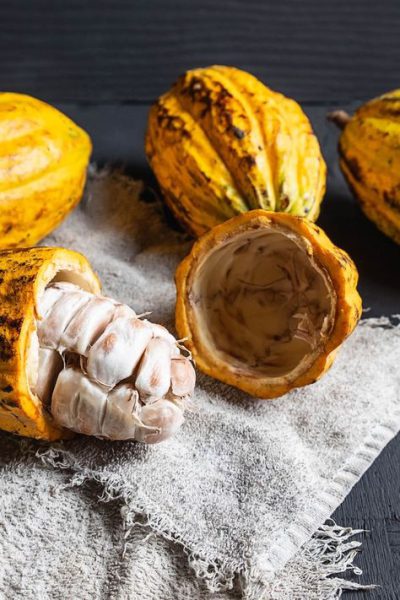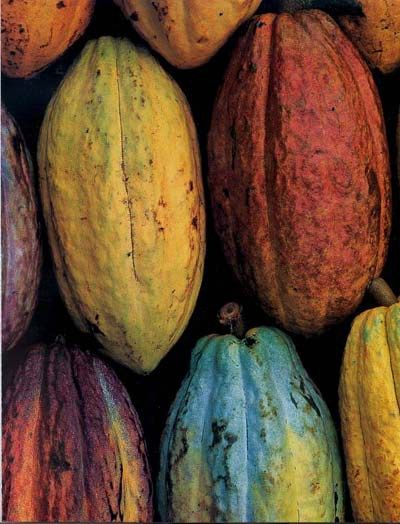The Origin of Cocoa
Cacao is native to the upper part of the Amazon territory. Until a few years ago, it was believed that the native Amazonian tribes did not domesticate the cocoa tree or use its seed, but simply used the sweet mucilage that surrounds it. However, the latest research is rewriting the history of cocoa, finding traces of the fruit in archaeological ceramic remains from about 5,300 years ago in present-day Ecuador.
Until now, the oldest evidence of the use of cocoa, dating back 3,900 years, had been found in Mexico, which is why Central America was considered the birthplace of chocolate. However, recent studies of the genome of the cocoa tree (Theobroma cacao) revealed that it was more likely to have been domesticated in the upper Amazon, in South America, where it has greater genetic diversity, and that from there it spread to Central America.
The evidence shows that the Mayo-Chinchipe culture already cultivated cocoa 5,300 years ago, that they did so uninterruptedly for more than 3,000 years and that they probably consumed it as a drink, food and stimulant, as well as for ceremonial and medicinal purposes.
“This research constitutes the first evidence of the use of T. cacao in the Americas and reveals the upper Amazon region as the oldest center of cacao domestication so far identified,” the researchers conclude in Nature Ecology & Evolution.
The cocoa family is found in its natural state from the wide area located between the Amazon and Orinoco basins, in South America, to the central regions of Costa Rica, in Central America, so it is difficult to determine its origin exactly. The fact that there are more varieties of this plant in the northwestern region of the Amazon rainforest has led to the conclusion that its development began in that territory.
There is controversy over whether monkeys or other mammals were responsible for the dispersal of the species, animals that like the sweet taste of the white mucilage that surrounds cocoa beans.
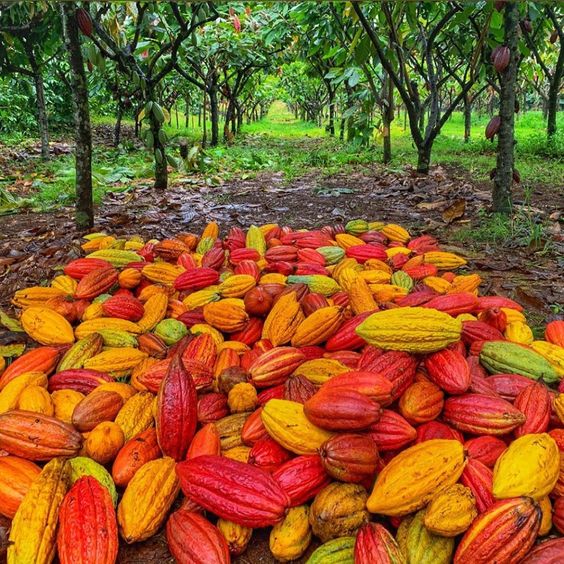
There were two species that dispersed: Theobroma cacao (the domesticated species), and Theobroma bicolor (wild variety, called pataxtli in Nahuatl and balamte in Mayan, currently considered in danger of disappearing)
Once the seed of the cocoa tree reached the southern area of the Gulf of Mexico, the Olmec civilization (the first civilization in Mesoamerica) was responsible for domesticating it. We know that they used its seeds to make chocolate, which was surely used in rituals, according to the remains that have been found in Olmec vessels dating from approximately 1000 BC.
Later the Mayans, the Mexica and the rest of the Mesoamerican civilizations continued the tradition of its use. The Mesoamericans discovered that if they allowed the grains to ferment for a few days along with the mucilage, the aroma of the roasted seeds was refined and enhanced.
Using these fermented seeds, they began to prepare an elaborate drink: The seeds were toasted and crushed, the paste was mixed with water and heated until the cocoa fat rose to the surface and was removed, it was mixed again and beaten to obtain an exquisite foamy drink.
Drinks prepared with cocoa (atole, chorote, pinole, tascalate and chocolate) were diluted with water and corn dough, not with milk. When they were sweetened, it was used with honey from bees of the genus Melipona, (instead of the European bee species Apis, which were introduced by the conquistadors; cane sugar, which comes from Africa, was not used either).
These drinks were flavored with vanilla, chili peppers, allspice and other seeds such as those of guanacaste. It could also be combined with other plants, some of them psychoactive, such as some species of mushrooms.
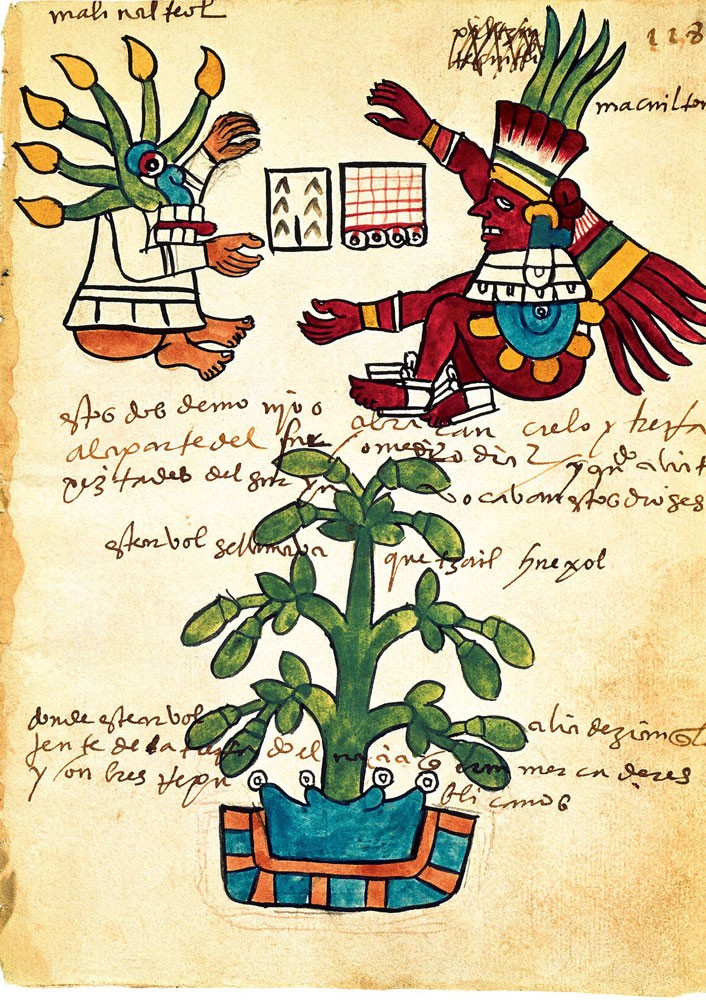
Symbolism of the Cocoa tree
For the Mayans, the cocoa tree was connected to the tree of life and represented the center of the universe: It was an entrance portal to the kingdom of the gods, and its consumption allowed them to communicate with them. In addition, it was associated with fertility, abundance and prosperity.
The need for cocoa to grow in the shade of protective trees, called in Nahuatl cacabuanantzin (mother of cocoa) and cacahuananche in Spanish, relates it to the world of shadows, darkness and the underworld, the space destined for matter. heavy, dark, humid and cold place. The Mayans considered that the stimulating power of cocoa drinks came directly from the underground world, linked to their ancestors.
This underworld, which houses the creatures of the night, is also the home of the god of death, while representing origin and fertility. Cocoa opposes the world above, light, subtle, daytime and luminous; space that corresponds to corn, which requires light and full solar irradiation.
While they oppose each other, these poles complement each other, and one is necessary for the other to exist.
Etymology
Etymology of “Cacao”
The name “kakau” was coined by the Mayan rulers, which means bitter juice. Later the Mexica, who like other ancient peoples of Mesoamerica spoke Nahuatl, added the suffix “atl” to this word, which means water, resulting in “cacáhuatl.”
Coming from the Yucatec Mayan language, ca-cau, kakau or kakaw is a word that comes from the Mixezoquean language family, to which the language of the Olmec culture belonged, considered the first Mesoamerican civilization.
In this family of languages, the radical cau is found in the forms choc, chauc and chac, which identify lightning, related to fire, strength and the color red. (Mariaca and Hernández, 1992).
Etymology of Theobroma
In 1753 Carl Von Linné assigned cocoa its scientific name based on the imagination of Mesoamerican cultures: The word Theobroma comes from the Greek, theos (“god”) and joke (“food”), that is, “food of the gods.” ”.
Theobromine is the alkaloid that constitutes the main active ingredient in cocoa. The name comes from the species Theobroma, the added suffix -ine is typical of alkaloids and nitrogen-containing compounds.
Etymology of Chocolate
The word chocolate began to be used after the arrival of the Spanish. Probably, it is originally from the Nahuatl “xocolatl”, composed of “xococ”, sour or acid, and “atl”, water.
According to another hypothesis, it could also come from “chokaw or chockal” in Mayan, which means hot, and “haá,” which means liquid or drink.
The word chocolate does not appear in any text until the 1570s; Until then, the word “kakaw” was used in Yucatec Maya, or in Nahuatl “cacáhuatl” – a mixture between the Mayan word “kakaw” and the Nahuatl suffix “alt”, which means water.
The first record of this word is due to the protomedic (that is what the doctors who served the Court were called) of the Indies Francisco Hernández (1517-1587), in his “Natural History of New Spain”, a work prepared under the mandate of Philip II (1527-1598). He refers to chocóllatl as a drink “of great benefit to consumptive, wasted and exhausted people.”
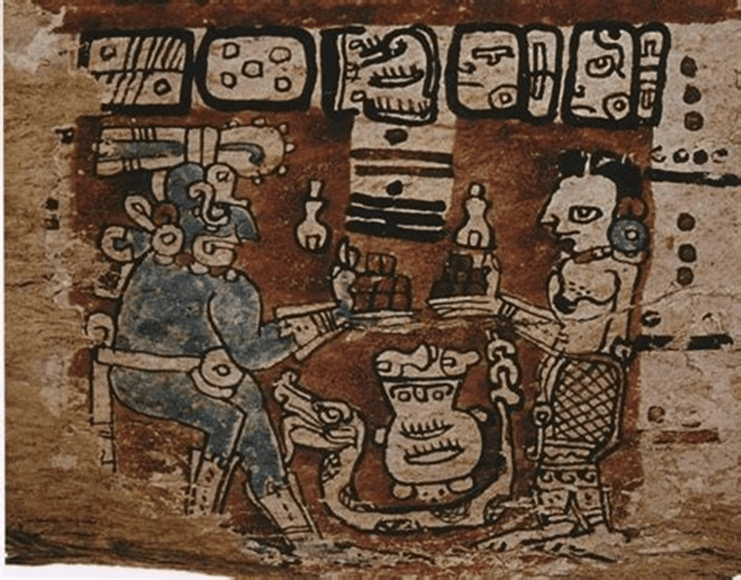
Mesoamerican societies
In Mesoamerican society, cocoa became a luxury product. It began to gain relevance in the Classic period (150-900 AD), especially among the Mayans.
In Mayan artistic manifestations, cocoa always appears with the presence of high-ranking people performing ceremonies.
Cocoa, which needs a shady place to grow, was associated with the south, death and the underworld, as opposed to corn, which represented light and life.
It was also linked to blood. Sometimes, annatto was added to the cocoa drink, a red dye that stained the lips of the person who drank it, giving it the appearance of blood. In some rituals, cocoa was prepared with the water from washing the knives used in sacrifices.
It was also related to the jaguar, which acted as its protector (The bicolor cacao variety is called balamté or jaguar tree).
In the Badiano Codex, it is mentioned that cocoa was also used to counteract diseases, stimulate appetite, increase physical resistance or sexual vigor and to reduce fatigue (Cárcer and Disdier 2008).

